Jeanne-Salomé Rochat and Adriano Sack have long been connected by mutual admiration. She publishes the body modifications magazine Sang Bleu and art magazine Novembre; he is a veteran journalist and editor who has worked at publications ranging from Tempo magazine to Welt am Sonntag. Here, the two speak about art, tattoos, pain, and the possibilities and limitations of the human body.
This portrait is part of Companion Magazine, a project developed by FvF for the 25hours Hotels.
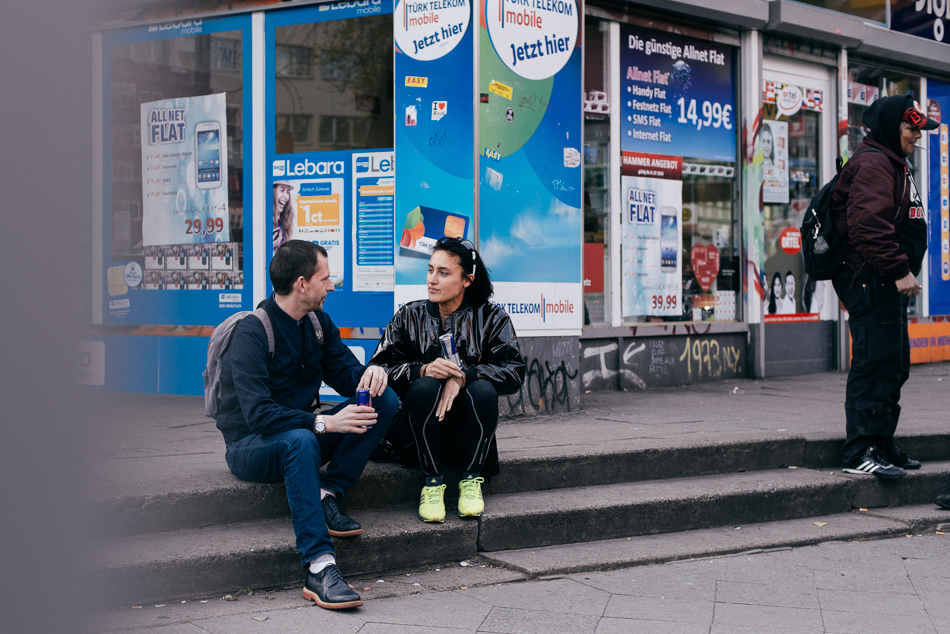
Adriano: What motivated you and Maxime Büchi to start the magazine Sang Bleu?
Jeanne-Salomé: It was a very ambitious and naïve idea. We wanted to talk about body modification in a broader sense, but above all, about the visible: Tattoos that were simply printed on the body. To be seen. Or maybe not. Like, for example, the famous Japanese whose tattoos end just where the suit ends.
Adriano: Do you have tattoos?
Jeanne-Salomé: Yes, just one. Do you want to see it? (JS shows her inner lip, which is tattooed with Corporate Cannibal.) Initially we only had a droll and fragmented idea of this culture. We wanted to approach it with as little prejudice as possible. And to show it in a new context. It was totally new territory for us. We both studied in Switzerland and only knew precious art and clean typography…
Adriano: So, traditional high-culture?
Jeanne-Salomé: Exactly. We wanted to connect these two worlds.
Adriano: You met Maxime at art school?
Jeanne-Salomé: Yes.
Adriano: Were you a couple?
Jeanne-Salomé: No.
Adriano: Why, in 2007, did you have the feeling that the body is an important topic?
Jeanne-Salomé: I studied ballet before I had a waterskiing accident that forced me to give it up. Classical dance is a very strict concept with a lot of rules. Actually, the exact opposite of the world we show in Sang Bleu. And at that time I saw myself surrounded by art that was solely referring to others in art or art history, and the artist’s main function was to create “motifs” for the art to display itself. The movement was called Neo-Geo.
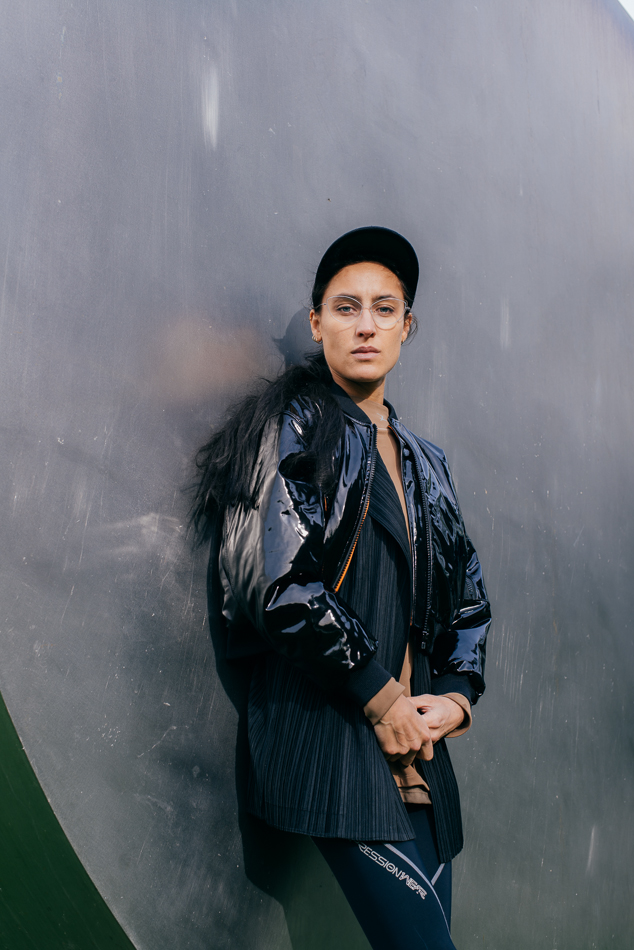

Adriano: What fascinates me about ballet: the discipline and the desire for perfection in combination with real human bodies. Bodies are never perfect, they sweat, they can break. This contradiction creates an interesting tension. Even, of course, if I never go to the ballet.
Jeanne-Salomé: I would have never been able to leave ballet without the accident. Maybe I sought it out unconsciously. I needed an excuse. I was too weak.
Adriano: After all, you were strong enough to almost kill yourself waterskiing.
Jeanne-Salomé: Yeah. Maybe there was also too much strength. In ballet there is no room for weakness or doubt. I thought that it would be completely different in art school.
Adriano: Which, of course, is bullshit.
Jeanne-Salomé: I found the same intolerance there. Sang Bleu was the result of this frustration. The magazine deals with the desire to attract attention, to be seen. And with the urge to hide behind tattoos.
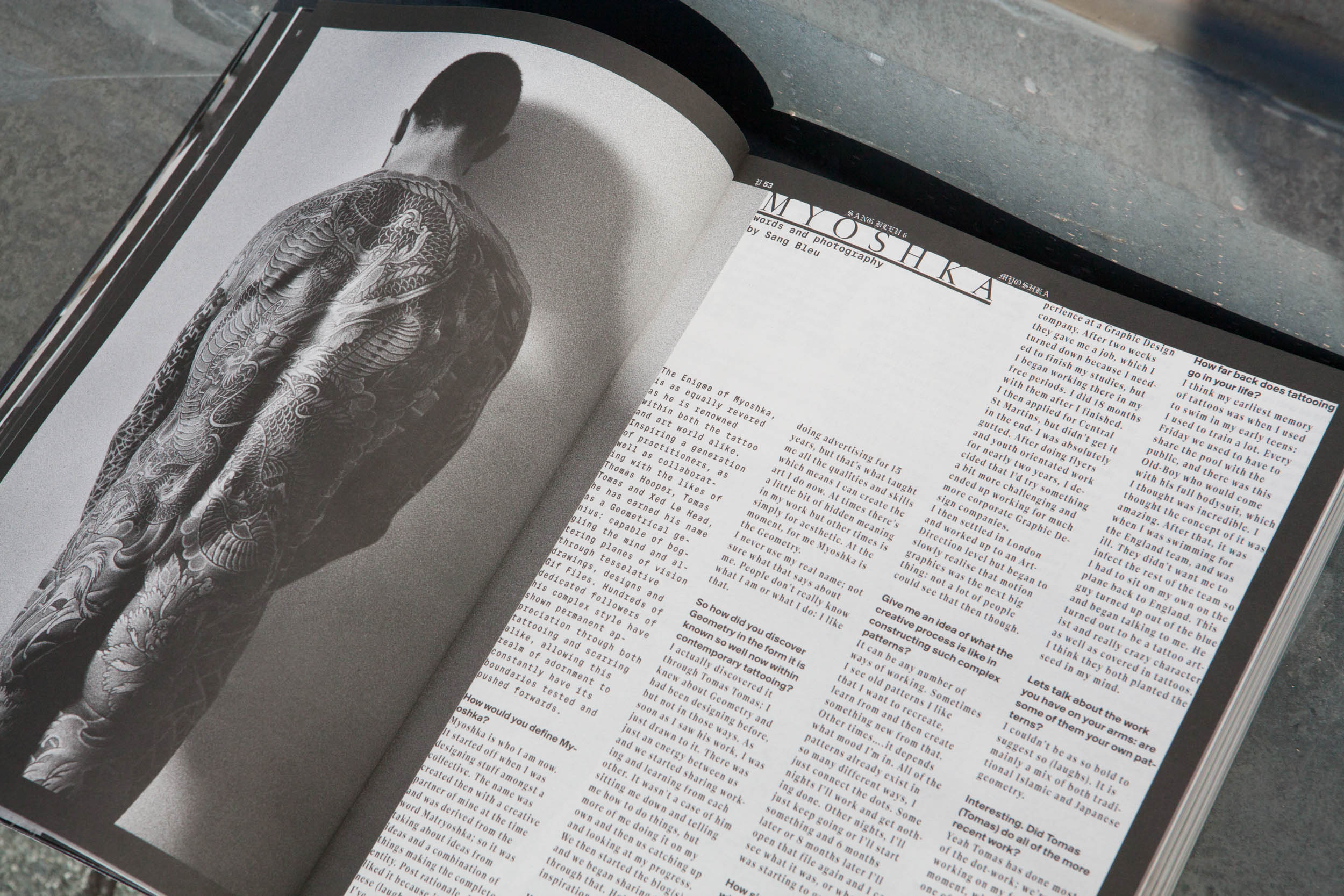
Adriano: I don’t have a tattoo because I could never decide. That’s why I don’t understand the psychology of tattoos. Do you think that people who have full body tattoos understand it as a radical, extreme act? Somehow it seems to be self-evident for them.
Jeanne-Salomé: Maxime is a good example. At first he didn’t have any tattoos. Then he decided: I’ll get a “suit.” He went to see the French tattoo artist Filip Leu and asked what it would cost.
Adriano: And what does it cost? 20,000 Euros?
Jeanne-Salomé: I think closer to 40,000 Euros. At least in Switzerland.


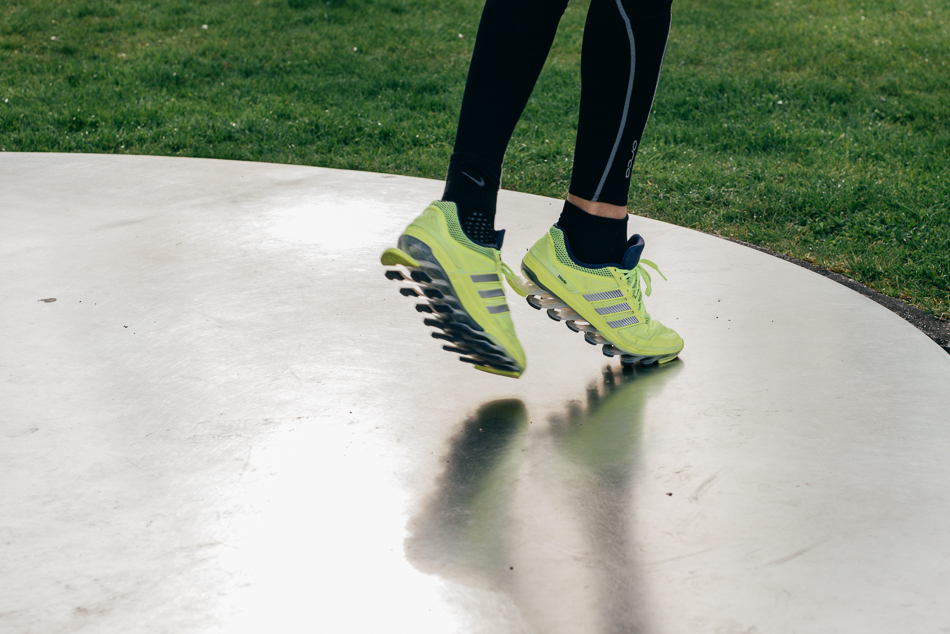
The photographer wants to know what we think of glow-in-the-dark and hair replacement tattoos.
Adriano: The only one who solved that masterfully is the French porn star François Sagat. On his bald forehead he got a new hairline tattooed with very sharp edges, like Ghetto kids have.
Jeanne-Salomé: Of course I’ve been to studios where, for example, eyebrows are permanently tattooed when your hair is thinning…
Adriano: But really a transplant makes more sense, right?
Jeanne-Salomé: Increasingly I see us as survivors. Maxime’s decision wasn’t a statement about himself or against the world. It was his need speaking. He needed the strength to go on. Being human is not so easy.
Adriano: What you’ve done with Sang Bleu has always fascinated me. You’ve created a great cultural transfer, considering tattoos as a kind of expression. Do you differentiate between good and bad tattoos?
Jeanne-Salomé: There are differences. Sure. The relationship between the tattoo artist and their customers is important. It always takes longer than you think. You never know how your skin will react. Tattoos can move. They are not rigid images. Our standards are actually pretty classic: the integrity and coherence of the work. Does the artist know what he is doing and whom he is doing it to? The good ones often say: No. Sometimes without any reason. But we also just show what we think looks absolutely awesome visually.


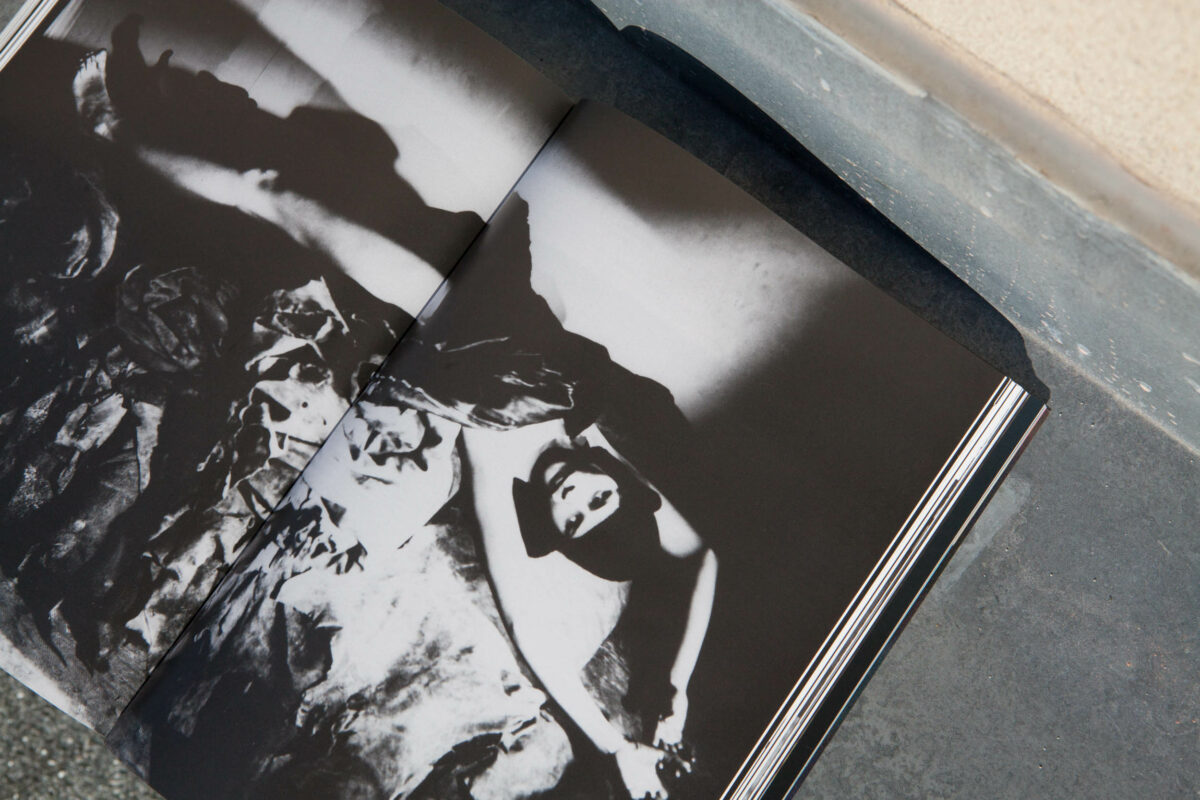
Adriano: Has the magazine changed over the years?
Jeanne-Salomé: Strangely, no. But we also only have a limited amount of control over it. Its strength is that the concept is very simple. For a while we’ve been producing objects, jewelry, T-shirts, etc., which we simply call Sang Bleu. The T-shirts are daunting non-objects. Cheap cotton and just our logo. No content or statement.
Adriano: No. The statement is precisely the word. Like with the T-shirts from Helmut Lang, which just had “Hawaii” in red cursive. The images are in the head. It’s the same with Sang Bleu.
Jeanne-Salomé: I love to make clothes. The strange feeling of not knowing who wears them. But what if we sell more T-shirts than magazines?
Adriano: That’s how it is with brands. Chanel sells more perfume than clothes. How important is pain in the world of Sang Bleu?
Jeanne-Salomé: It’s a key component. You have to ask yourself if you really want it. You give a lot of money out for something that you’ve never felt before. I think there are strong parallels between collecting art and being tattooed. Recently, through half opened eyes, I watched “The Counselor,” this movie with Cameron Diaz and Michael Fassbinder about drug transactions taking a fatal turn. What fascinated me was the basic concept of the script: at the moment when you start to think about whether a decision is right or wrong, it’s already far too late. You already made the decision, earlier than you think. Now you can only deal with the consequences. If you’re thinking about tattoos, you’ve already lost control.
Adriano: I thought Brad Pitt was really good. His death with the garrote on a motor that slowly tightens by itself…
Jeanne-Salomé: I almost couldn’t watch it.


Adriano: The reason I asked about pain: Sang Bleu seems very dark to me. As if the idea of body manipulation and change is coupled with suffering, oppression, and extreme sex. Your other magazine, Novembre, seems to see new opportunities and chances.
Jeanne-Salomé: There are not many indications in Sang Bleu that we can really be free. Hypnotic circles play an important roll. Maybe this is the reason that readers are almost like a cult. We wanted to approach other themes in Novembre. Even though this is never really possible. We wanted to do something more playful. A journal where people can try out and explore new things.
Adriano: Why do magazines have to be printed on paper at all these days?
Jeanne-Salomé: Because the basic idea plays with the contrast between matter and spirit. And our audience likes paper and printing. I can imagine that at some point Novembre could be a purely digital product. Sang Blue is already more of a book.
Adriano: Is it weird to change from art to magazine producer?
Jeanne-Salomé: It doesn’t feel like that to me. I still move in the same circles. I never saw myself as just a lonely artist who sits in her studio in the face of God…
Adriano: … and under gallerists …
Jeanne-Salomé: … that too. I was thinking: In the face of the canvas. I value teamwork and feedback.
Adriano: Why did you move to Berlin?
Jeanne-Salomé: I am innately not a socialite. I wanted to live in a city where I could be the eccentric that I am. And Berlin is full of unique people.

